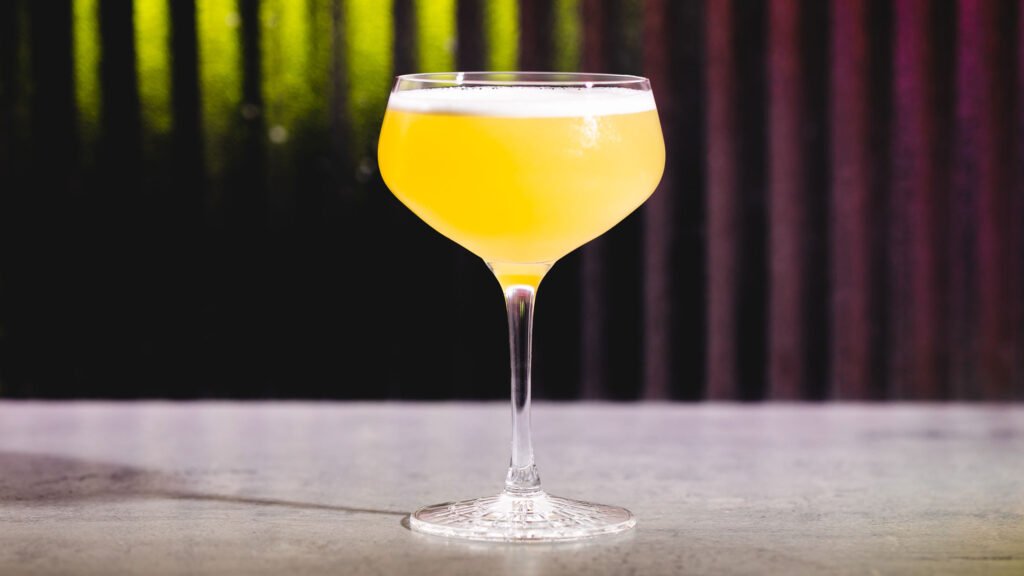[ad_1]
Floating behind wine lists throughout america, simply earlier than the amari and the sherry, is an oft-unexplored island of sake, the place a number of bottles reside untethered, unexplained. Some drinkers will marvel why they’re there; most won’t even discover them.
There has lengthy been an inclination to attempt to replicate the attention-grabbing and numerous sakes coming into the U.S. Importers at the moment are carving out house for all kinds—from the extra typical and conventional to those who discover similarities with pure wine. Canned and cup sake are additionally on the rise, as are American-made sakes brewed in Oakland, Brooklyn and Portland, Oregon. Regardless of all of this, Individuals have largely siloed sake as a drink to get pleasure from solely in Japanese eating places, which has stored its restaurant viewers somewhat restricted.
To be clear, there are some spectacular sake lists across the nation, however examples at eating places outdoors of the Japanese canon are few and much between. It’s not for lack of making an attempt on the a part of beverage administrators; over the past 20 years, a number of have endeavored in numerous methods with out a lot luck. But when anybody can carry sake to the bigger beverage dialog, it’s Courtney Kaplan at Camélia in Los Angeles.
Kaplan and her associate, chef Charles Namba, opened Tsubaki, a Japanese izakaya in L.A.’s Echo Park virtually eight years in the past. In 2019, they opened Ototo, a sake bar, subsequent door; each venues are well-loved by in-the-know Angelenos. In every, sake is the focus of the beverage checklist. In July, the pair expanded past the neighborhood to open Camélia downtown within the Arts District. Right here, the viewpoint of the delicacies is kind of completely different. The imaginative and prescient, as Kaplan describes it, is “a French bistro in Tokyo.”
Positioned in a former Nabisco manufacturing unit, Camélia is brick-floored and glows underneath Frenchie globe lamps that dangle over rattan chairs at wooden tables set with forks, knives and chopsticks. Right here, the menu pulls from French classics—a uncooked bar, bouillabaisse, croque madame, boeuf bourguignon—with Japanese components like shiso, purple yam, negi (inexperienced onion) and ponzu as inflection factors. And the beverage checklist mirrors the hybrid menu. It’s three-fifths classically minded bottles of French wines, and two-fifths sake; Champagne and Burgundian aligoté run parallel to junmai ginjo and junmai yamahai. Kaplan estimates 40 p.c of friends order sake, a powerful feat in what’s ostensibly a French restaurant. “That is precisely why I wished to do that undertaking,” says Kaplan. “It’s a lot enjoyable to see them aspect by aspect on the desk, folks going backwards and forwards between the 2.”
Way back to the late ’90s, Roger Dagorn, sommelier on the now-closed (and nonetheless missed) Chanterelle in New York Metropolis, discovered methods to pair sake with David Waltuck’s French delicacies. Additionally in New York, Rouge Tomate, a pacesetter in pure wine 15 years in the past, stocked a major quantity of sake. It’s an everlasting curiosity at this time in lots of types, with sake making one-off appearances with tasting menus and by-the-glass lists, as the bottom for lower-alcohol Martinis, and as a shot with joyful hour specials. In San Francisco, on the Italian restaurant Itria, AJ Macias options 11 sakes by the checklist and bottle, with two of the pairings on the tasting menu being sake—a dedication bigger than most. However none have managed to provide sake anyplace close to equal billing in the best way that Kaplan does at Camélia.
“For those who simply see one bottle of sake on the checklist, I know likelihood is that whoever’s writing that checklist completely loves that sake,” says Kaplan. “However it might begin to form of really feel like, ‘Why would I order sake right here when that is clearly not the main target?’”
At Camélia, sake is clearly a spotlight. Kaplan has a well-earned leg up in relation to promoting sake, having garnered belief amongst regulars at Tsubaki and Ototo, however she’s not solely counting on these relationships to translate to bottles on tables. And whereas she is definitely a fixture tableside, it’s her drinks checklist itself that does the arduous work of offering proof that each sake and wine are legitimate choices.
The primary web page of the checklist adjustments month-to-month based mostly on a theme Kaplan is all in favour of. Not too long ago, it featured a bit of wines titled Historical Vines, by which every bottling was constructed from vines over 100 years outdated, and one among Historical Rice, which included sakes constructed from very outdated rice varieties like Omachi, Wataribune and Hattanso that at the moment are being resuscitated by farmers. The subsequent web page, titled Almighty (a nuanced time period in Japanese), is a roll name of wines and sakes that Kaplan describes as “crowd-pleasing, not essentially meant to be essentially the most difficult or cerebral expertise, however meant to be scrumptious and straightforward. They’ll pair with each single dish.” The remainder of the checklist is split into A Aspect and B Aspect, with extra basic wines and sakes within the first and extra adventuresome choices on the latter.
“I wished to symbolize completely different kinds of sake as a result of I do assume that’s a part of sake’s picture drawback. It will get pigeonholed,” Kaplan says. “Folks assume all of it tastes the identical and I wished to indicate off what a broad class it’s.” To this finish, she presents seasonal sakes (e.g., freshly pressed shiboritate sakes within the spring, and barely aged, mushroomy hiyaoroshi sakes within the fall) together with a brand new class of glowing sakes, resembling Masumi’s origarami, which she compares with pét-nat.
“[Sake] is simply such a terrific beverage for pairing. It provides you a lot extra versatility in loads of methods,” says Kaplan, pointing to oysters as a very optimum sake pairing. “Similar to now we have a Muscadet by the glass, we wish to have the equal in a sake always,” she says. However she’s assured that sake’s pairing skills transcend seafood, even with the richer components that many French bistro dishes contain. “The Japanese affect lightens up a few of the flavors, however there’s nonetheless a very good quantity of butter and dairy, so I’m fascinated with sakes to harmonize with these,” she says, pointing to a extra fashionable class of sakes which can be made with particular yeasts to up the acidity of the drink.
On this wine-sake steadiness, there may be house for each and maybe a chance to develop on one’s ingesting palate. “And I’m not right here to disparage wine. I like wine, however in some methods, if I needed to have one glass of one thing for this complete meal”—and if it wasn’t Champagne, Kaplan jokes—“it is perhaps sake.”
[ad_2]



I don’t think the title of your article matches the content lol. Just kidding, mainly because I had some doubts after reading the article.